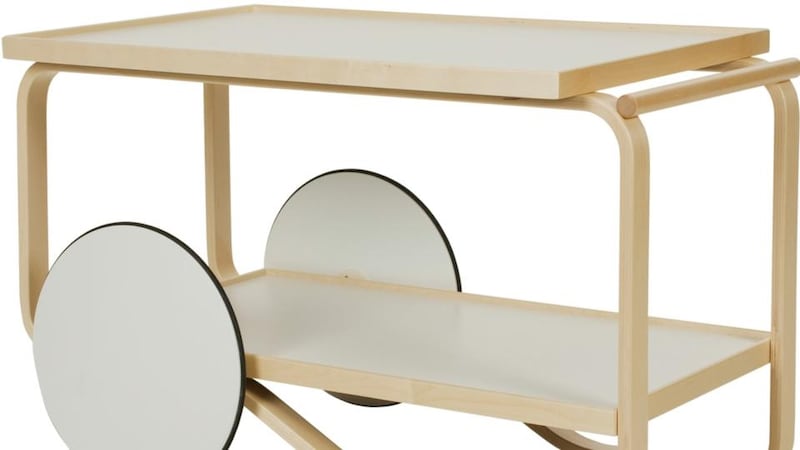A recent short trip to Copenhagen proved a great reminder of its sophisticated style. Their approach to design is to pare things back rather than adorn and embellish. The result is not minimalist or clinical but rather something that is as functional as it is beautiful.
This method of getting to the root of the design issue to create a perfect solution really resonates with the essence of great design. It is much less about the aesthetic and much more about how well the design works and solves users’ particular problems.
But it’s not only the Danes that have this wonderful design sensibility. A weekend trip to Stockholm last year was awe inspiring, from the store and cafe interiors to the street lighting.

I’m a great believer in making the very most of what we have and this is something that the Scandinavians excel at. The long winters and few hours of sunlight inspired Scandinavian designers to create bright, light, practical environments. They strive to make the domestic environment as comfortable as possible using where possible local materials.
This approach to design is spreading all over the world. And today so many design trends coming from Denmark, Finland, Norway and Sweden, are evident everywhere – from fashion wear to tableware.
Scandinavian design is built on function that is rooted in craftsmanship and quality. It is something that is made to last rather than something that is disposable. This is why it is so popular right now. We are finally coming round to the fact that just because something looks great doesn’t mean that it will work well or solve any design problem.
Having worked with Scandinavians in the past, it’s striking how they all seem to have been imbued with an acute awareness of style and aesthetics. It seems to just come naturally.
One Danish designer once expressed his astonishment with Irish interiors and our ubiquitous use of carpets – he couldn’t believe we would actually put carpets on a bathroom floor. Let’s be honest: carpets just don’t work in a bathroom.
Scandinavians have played a major role in pioneering design, and continue to do so. Names such as Alvar Alto, Eliel Saarinen, Eero Aarnio, Arne Jacobsen, Verner Panton and Poul Henningsen are just a few of the design leaders who have become household names.
One of my all time favourite pieces is the egg chair. This iconic piece would add a touch of 1960s villain chic to any room. The chair was originally designed in 1958 by Arne Jacobsen for the SAS Royal Hotel in Copenhagen, Denmark, and looks as good today is it did more than 50 years ago.
Denise O’Connor is an architect and design consultant










